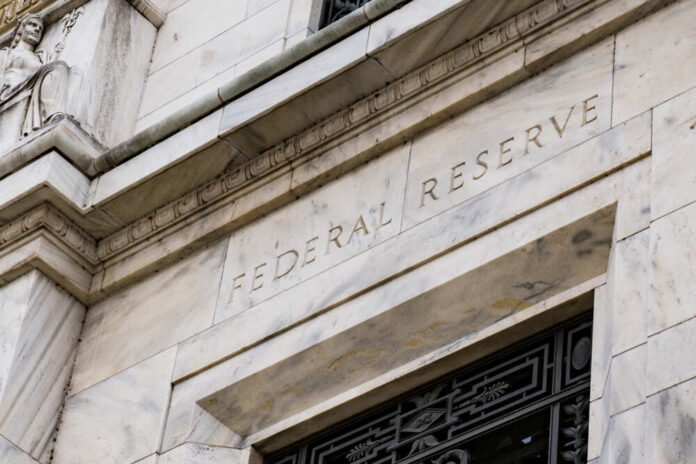
Alexander Hamilton would be proud. Hamilton was George Washington’s secretary of the treasury in 1790 when he first proposed his bill for the government to implement a national bank modeled on that of the Bank of England, arguing that it would unite “public “authority and faith with private credit.”
The proposal prompted a lengthy debate between Washington and Hamilton, and James Madison and Thomas Jefferson, the latter of whom thought it to be unconstitutional because an incorporation of a bank was not explicitly granted to Congress. Other detractors of the plan believed that it would lead to a sizable government and abuse of its power.
Nevertheless, the Bank of North America was established to adequately support the functioning of the government and its funds. Today, we arguably have a bank that is larger than its 18th century equivalent. That bank is called the Federal Reserve.
Brief History
The Federal Reserve was conceived by Congress in 1913 to reportedly “enhance the stability of the American banking system.” Banks do panic, and a number of banking failures in the 19th century led the public to consider it an issue of the nation’s “inelastic currency.”
To deal with the problem, the Fed created the Federal Reserve note—that phrase that can be spotted on the top of any dollar bill.
How does it run?
The Fed is technically a private corporation with its own board of directors but is overseen by what is today the “Board of Governors of the Federal Reserve System.” The bank is composed of a minimum of 8, and maximum of 12, regional banks in key locations throughout the United States.
These 12 Reserve banks reportedly oversee “regional member banks, protect regional economic interests, and ensure that the public has clout in central bank decisions.”
Congress’ 1913 Act established a system for the Reserve where national banks are required to purchase capital in the Reserve and thereby become a member and have access to loans and other services.
But what does it do?
The Federal Reserve bank essentially facilitates monetary policy. Some of their function includes servicing banks the same way banks service individuals. When individuals want a loan, they go to a bank; when banks want a loan, they go to the Federal Reserve.
In addition to that, they service member banks by issuing monetary directives. In other words, they are “fiscal agents.”
A common day example is when the Reserve raises interest rates. Interest rates are what lenders charge borrowers, usually called the annual percentage rate (APR). When interest rates increase, the cost of debt rises, discouraging people from borrowing money.
The Reserve has recently risen interest rates in efforts to lower inflation.














